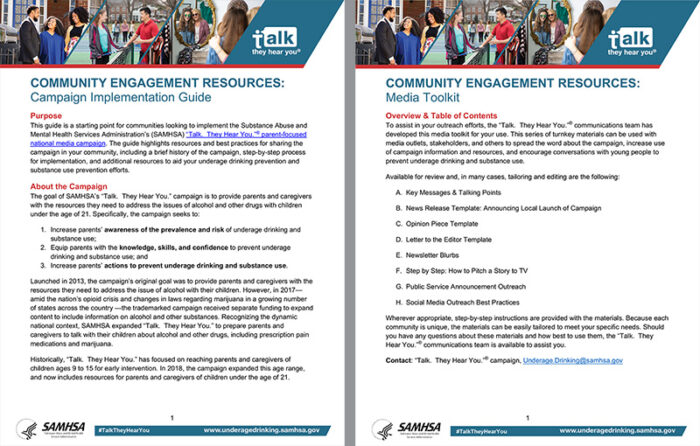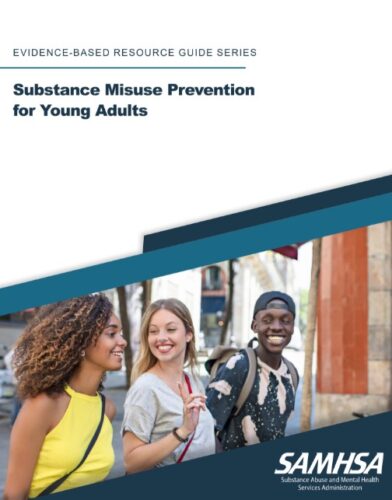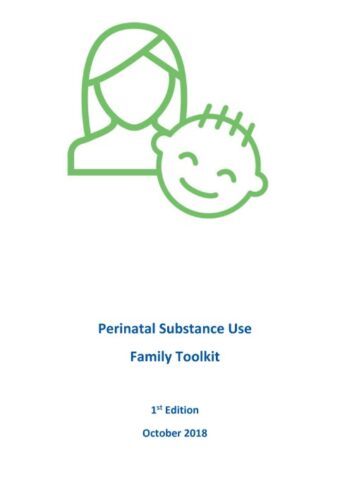Fact Sheet: The California Harm Reduction Initiative (CHRI)
CALIFORNIA’S FATAL OVERDOSE EPIDEMIC
Drug overdose deaths have doubled in the last five years in California. Since 2020, the California Department of Public Health (CDPH) has tracked sharp increases in deaths driven by illicit fentanyl and stimulants. Overdose death among people experiencing homelessness under the age of 50 doubled in the first year of the COVID pandemic, and Native Americans and Blacks continue to be significantly overrepresented in opioid death rates.
WHAT IS CALIFORNIA DOING?
The 2019 Budget Act included $15.2 million over four years to support staffing at California’s syringe services programs (SSPs). SSPs help prevent HIV and hepatitis C transmission through the sharing of drug-using materials by increasing access to new, sterile supplies for people who inject and smoke fentanyl and/or methamphetamines. SSPs also prevent overdose by distributing naloxone, the overdose reversal drug, and training people who use drugs on how to use it to prevent death. Thirty-seven of California’s 64 SSPs were awarded funding under the California Harm Reduction Initiative (CHRI) through a competitive process led by National Harm Reduction Coalition.
SSPs are the backbone of California’s workforce dedicated to working with marginalized people who use drugs and to community-based naloxone distribution in the state.
Since its launch in September 2020, the CHRI project has:
Expanded harm reduction services — SSPs offered harm reduction services at over 1,000 unique locations across 42 counties, and increased enrollment to include more than 28,000 new program participants. HIV and hepatitis c testing and screening, wound care, and case management were the most in-demand SSP services.
Increased navigation to treatment — Transportation was rated as the top barrier to access treatment among people who use drugs and utilize SSPs. Participants from SSPs that offered on-site medication for opioid use disorder (MOUD) were twice as likely to be currently prescribed buprenorphine and methadone than those in areas where on-site access was not available.
Delivered naloxone into the hands of people who use drugs — Between 2020 and 2022 SSPs trained 22,690 individuals to reverse opiate overdoses and administer naloxone to prevent death. According to data collected by National Harm Reduction Coalition, 54% of program participants had used naloxone to reverse an overdose and over 95% reported receiving it from a CHRI funded SSP.
Fact Sheet: The California Harm Reduction Initiative (CHRI)
WHAT DID CHRI HIGHLIGHT?
CHRI-funded SSPs interviewed over 1,500 of their program participants to hear directly from people who use drugs to guide California’s harm reduction services.
Those interviewed reported the following:
A shift in drug use — The landscape of California drug use is rapidly shifting. The traditional injection of black tar heroin is being displaced at an unprecedented pace by fentanyl use, and rates of methamphetamine use are also rising, resulting in smoking as the primary route of administration, rather than injection.
Lack of housing impacts the health and well-being of people who use drugs, including their risk for overdose — Over 75% of CHRI participants are experiencing homelessness, which research has found significantly increases a person’s risk for fatal overdose. Approximately 73% of survey respondents reported experiencing or witnessing an overdose in the previous six months. Forty-one percent of SSP participants reported having experienced at least one overdose themselves.
Access and perceptions of medication for opioid use disorder (MOUD) — Challenges in accessing MOUD ranged from lack of transportation to experiences of stigma by treatment providers. The most common suggestions for improving MOUD access were to offer MOUD at SSPs, make methadone more available and expand SSP hours.
CHRI IMPACT
A data comparison between the above survey of CHRI participants and a national survey conducted by RTI International highlighted significant differences between programs funded by CHRI and SSPs who did not receive the funding.
Compared to other SSPs, CHRI-funded SSPs:
Served 135% more program participants
Distributed 75% more harm reduction supplies
Gave naloxone to 73% more people
Distributed 68% more naloxone doses
Distributed 98% more fentanyl test strips
MOUD access: 85% of CHRI SSPs offered on-site buprenorphine services compared to 31% of non-CHRI SSPs
The California Harm Reduction Initiative represents the single largest government investment in harm reduction in California and ends June 2023.


